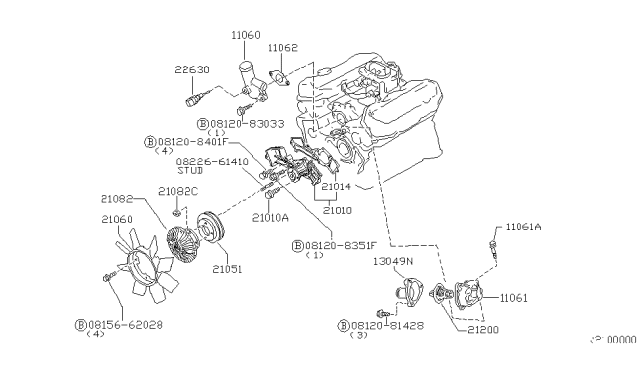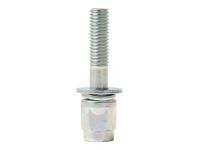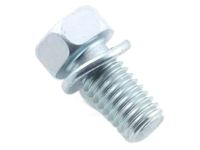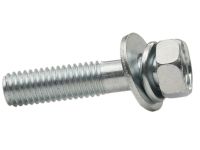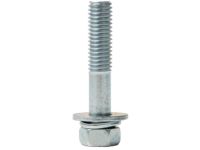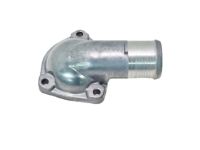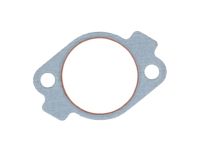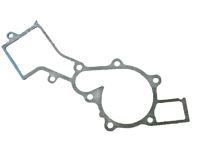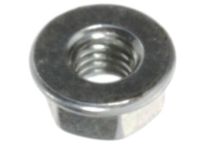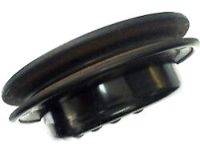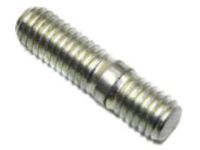A failure in the water pump can cause serious engine damage due to overheating. There are two ways to check the operation of the water pump while it's installed on the engine. If defective, it should be replaced with a new or rebuilt unit. Water pumps have weep holes located on their underside. Coolant will leak from this hole if the pump seal fails. On 3.3L V6 engines, use a flashlight and a small mirror to find the hole on the water pump from underneath. On 3.5L V6 engines, the weep hole directs coolant out between the timing chain cover and the engine block. If the water pump shaft bearings fail, a howling sound might be heard. Shaft wear on four-cylinder and 3.3L V6 engines can be detected by rocking the water pump pulley with the drive belt removed. On 3.5L V6 engines, rock the water pump sprocket after relieving the main timing chain tension. Sometimes impellers corrode, affecting cooling efficiency. For replacement, disconnect the battery's negative terminal, drain the coolant, remove the drive belts, engine cooling fan, water pump/fan pulley, upper radiator hose, fan shroud, and, on 3.3L V6 engines, the idler pulley bracket, crankshaft pulley, and timing belt covers. On 3.5L V6, remove the drain plug, timing chain tensioner cover, and water pump cover. Rotate the crankshaft 20 degrees counterclockwise for 3.5L V6. Remove the water pump and clean bolt threads and threaded holes. Compare pumps, clean mating surfaces with lacquer thinner or acetone, and apply sealant. Attach the new pump finger tight, then tighten bolts in 1/4-turn increments. On 3.5L V6, rotate the crankshaft 20 degrees clockwise and reinstall all removed parts. Wait an hour, then refill and bleed the cooling system. Run the engine to check for leaks and proper operation. Timing chain noise on 3.5L V6 engines after this procedure is normal until the air has bled out. Start the engine and let it run at 3,000rpm until the noise subsides.
Posted by NissanPartsDeal Specialist 

